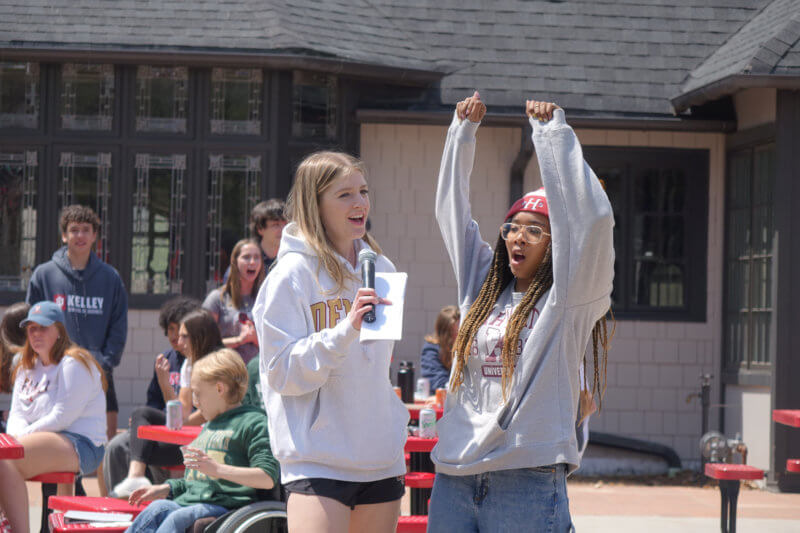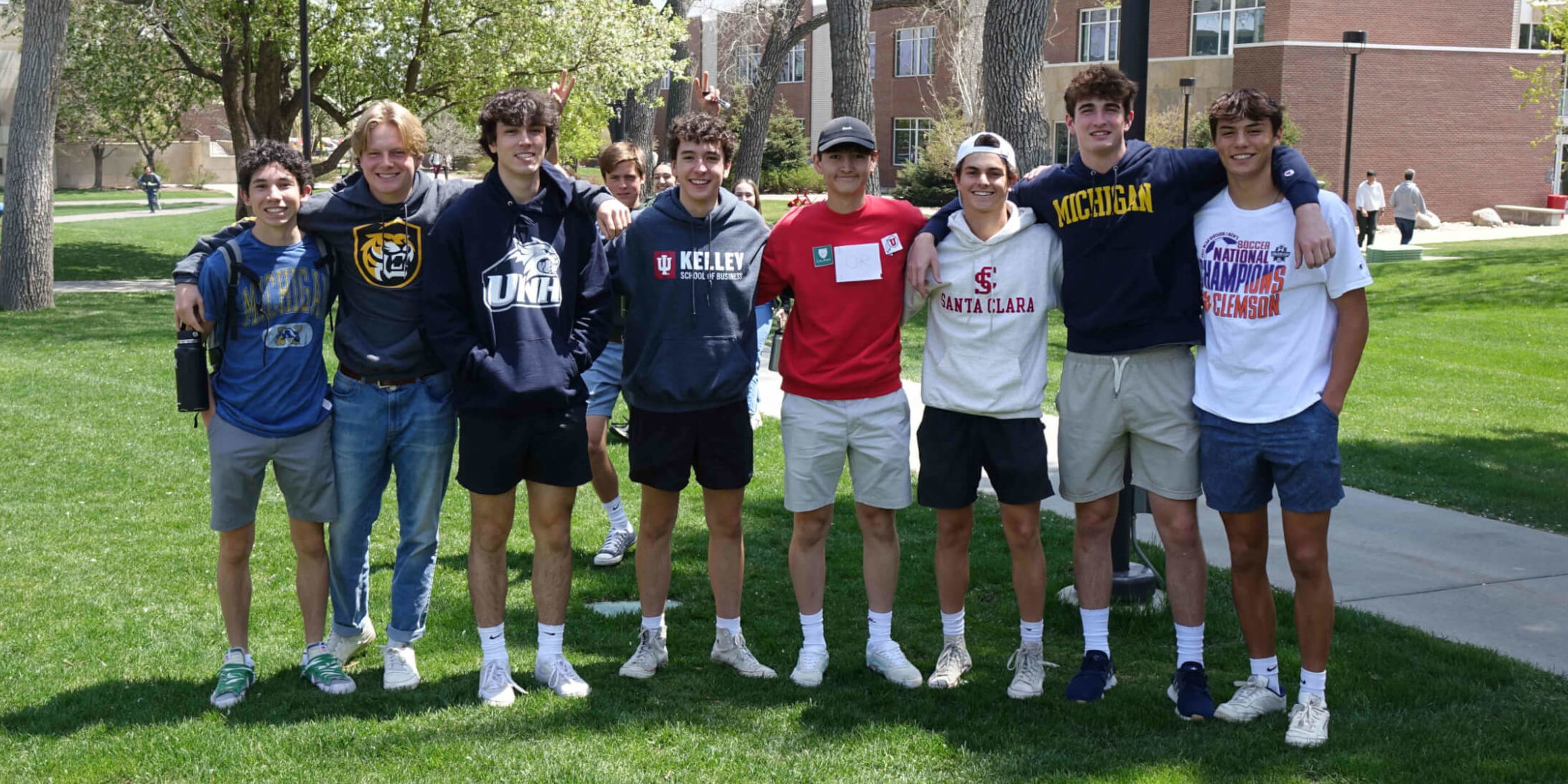At Commencement, we share the annual Senior Journal. Families get to see where our graduating Seniors will attend college. I am extremely proud of the Class of 2022, a group of 99 students who will head to a range of 64 different colleges and universities, wonderful institutions all over the country. This year’s matriculation list reflects well on the talents of this class, as well as CA’s thriving national reputation.
As happens every year, some will scan this list looking for the names of certain highly selective schools. That is understandable—and, yes, they’re always there—but I want to urge caution. The value proposition of our school is not measured only (or meaningfully) by the affirmation our students receive through the idiosyncratic college admissions process. While we want students to find a great match for their interests, we are more excited about a CA graduate’s lifelong journey and enduring contributions to the world.
Ranking reports
In the college search and application process, it is common that parents and students are influenced by the “brand” of the school as characterized by U.S. News and World Report rankings. Our current Juniors deconstructed these rankings with CA’s college counseling team recently to think more deeply about how rankings are structured, what the numbers reveal, and what actually matters to CA students when they balance their college lists. Deciding where to apply to college should be much more personal than imagining what bumper sticker ends up on your rear window. I’m proud to say that over the years I’ve seen CA Seniors take such a grounded, thoughtful approach. Looking deeper means looking beyond rankings; I encourage families and students to consider what specific programs and professors would be the best match for their student’s goals and interests.
I think it is crucial to recognize that ranking systems themselves are flawed. Several years ago, students at Reed College dissected the U.S. News and World Report’s ranking algorithm and found that their institution had been incorrectly evaluated. More recently, a professor at Columbia University found that his university had been incorrectly ranked, based on how administrators had submitted suspect data intended to make Columbia look stronger.
The writer Malcolm Gladwell also has studied this issue. I find his conclusions fascinating. A key driver in the ranking system is related to reputation. In their survey to presidents, provosts, and admission deans, U.S. News and World Report asks these officials to evaluate the reputation of hundreds of schools. This factors highly (20 percent) into the rankings. Gladwell asks his readers to think about the logic of this: How could one expect these officials to have a comprehensive understanding of the hundreds of schools that are being ranked? One president of a small college that is relatively unknown actually sends bottles of homemade hot sauce to other college presidents to help his school stand out in the race.

Are those highly ranked schools amazing places of learning? Yes. But the system leads students and families to overlook dozens, if not hundreds, of great colleges that might be a perfect match for their child. It ignores the reality that admission to a school is no guarantee of life success. A student’s performance depends on the work they do at that institution. In my career, I have seen kids go to highly selective schools, as well as less selective schools, and end up being equally successful in their lives. Colorado Academy sets our students up to go into any school—large or small— and be capable of connecting with their professors and becoming leaders on campus. The ranking system also ignores the actual quality of teaching at institutions of higher education. Many of the highly ranked schools are highly ranked because they are places of great research.
Impact of test-optional
After hundreds of selective and highly selective colleges and universities went test-optional, application numbers soared, and the admission process has become even more competitive. The volume of applications at many schools makes a deep reading of an application very difficult. As this article notes, some elite schools spend just eight minutes (or less) on thousands of applications. I think it is important to pause and think about that number: eight minutes, about the length of time you have committed to reading this blog.
View and download more photos of the Senior Celebration event.
Should your student spend their four years in Upper School focused on eight minutes? Absolutely not, I would say. These minutes are not in their control, predict little (or nothing) about their real future outcomes, and should not dominate the story of their high school experience. We want CA students to become their best, authentic selves, follow their passions and interests, take risks, make choices about what they value, and not take courses or engage in extracurricular activities simply because they hope for a zero-sum outcome in the college process. College admissions in the 21st century is anything but a probability game; admissions decisions are guided by institutional priorities that students can never predict. What always matters, however, is authenticity. It is one reason why our college counselors are able to help CA students really stand out in this process.
A father’s perspective
Having had three kids go through this process, I know the anxiety the college admissions industrial complex creates. But it also can be a lot of fun for your child to think about where they want to live and what they want to study. This is an adventure for them, and with hundreds of wonderful institutions out there, the possibilities are endless. Two of my three children are now college graduates. All three have a strong sense of the path they want to follow in life. I can tell you that our society spends too much time overthinking this. CA students are well prepared to succeed at any and every university or college. So, whenever your child begins this process, lean in with a critical perspective and truly listen to our team of college counselors who can help guide your student to programs and schools that could be transformational for your child.
